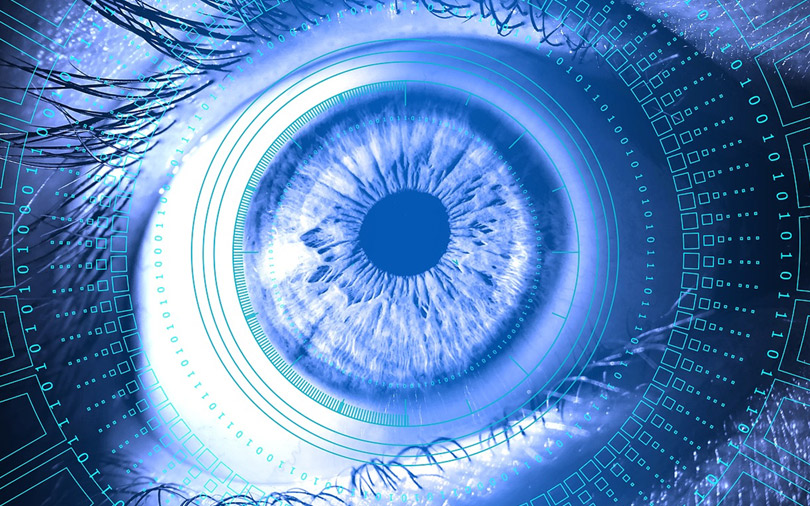
Scientists develop 3D-printed cornea in breakthrough move


Researchers at the Newcastle University in the UK have come up with a unique way to 3D-print a cornea using human cells, a technology that could help millions of people get back their eyesight when developed further, The Verge reported.
Cornea--the transparent outer covering of the eye–is critical for eyesight as it is the first lens that light passes through to touch the retina at the back of the eye. The retina receives light and sends neural signals to the brain for visual recognition. Damaged corneas lead to a loss of vision.
The new technology, once perfected, could bring back vision to many people, the report said, citing the researchers. The report cited a World Health Organization report as saying that nearly five million people around the world are blind because infection scarred their corneas.

The report cited Che Connon, a tissue engineer at the university, as saying that one of the most challenging issues was to figure out the right ink or liquid for use by a 3D printer's nozzle. While the ink had to be thin, it also had to have enough tensile strength to hold its shape, Connon explained.
To resolve the ink issue, researchers used a jelly-like solution and stem cells from donor corneas, along with some raw proteins called collagen.
In order to keep the shape of the cornea right, the team also needed a design mould. The researchers used a camera to image the eyeball to create a 3D model of the cornea. The result looked like a soft contact lens in a bath of goo, the report said. “Without the shape, you don’t have a cornea — you have something else,” Connon explained.

Medical practitioners have been taking help from emerging technologies such as artificial intelligence (AI) and 3D printing to boost health care. Top tech companies such as IBM, Google and Microsoft are working in the same space.
In April, Google said it was working on a microscope that deploys AI to detect cancer cells in a tissue and uses augmented reality (AR) to highlight them for the medical examiner peering through the eyepieces. Importantly, the AR-powered prototype can be fitted into microscopes found in hospitals and clinics around the world using low-cost, readily-available components.
The microscope creates a digital representation of the slide being checked under the lens, and then feeds that representation to AI for cancer detection. After the cancer cells have been spotted, the microscope highlights them in the slide itself using AR.

In another example, Microsoft has signed up with hospitals in India and abroad to lead research into vision under its Next platform. In India, the company has partnerships with Apollo Hospitals and LV Prasad Eye Institute, Hyderabad.
Also, IBM Watson, an AI platform, can detect complex diseases and suggest treatments. In India, Watson has been deployed at the Manipal Hospital in Karnataka to detect different types of cancer and suggest treatments. Bernard Marr, bestselling author and AI expert, had previously said that the world is likely to see more robots appearing in people’s homes with the ability to help them cope with disability and illness.
